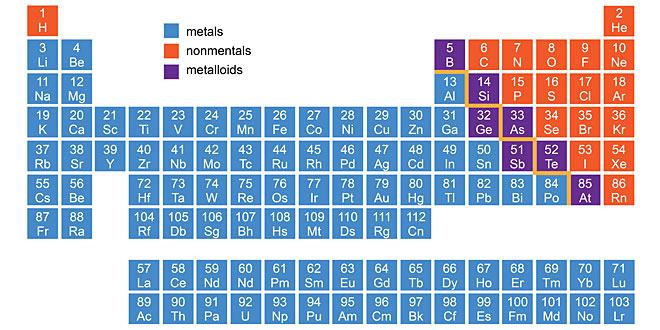Question: Differentiate: Physical change and Chemical change.
Answer:
Physical change:
- No new substance is formed.
- It is easily reversible.
- It is a temporary.
- Very little heat light is released or absorbed.
- Mass of a substance does note change.
Chemical Change:
- New substances are formed.
- A chemical change is usually irreversible.
- It is permanent.
- Lot of heats / light is released or absorbed
- Mass of substances altars.
Question: Definition of Physical Change
Answer: Physical change: Physical change is a process in which the substance experiences change in its physical properties like shape, size, color, volume, appearance, state (i.e. solid, liquid, gas), etc., that, without making any change in their molecular composition. These changes are volatile in; that can be reversed using simple physical methods.
The same element or compound exists prior, or after change, i.e. original characteristics of the object remain unchanged. For example, Melting of wax, boiling of water, dissolving sugar in water, chopping wood, crumpling of paper, etc.
Question: Definition of Chemical Change.
Answer: Chemical Change: Chemical Change is defined as the process in which the atoms of one or more substances are rearranged or combined to form a new substance. When a substance undergoes chemical change, the chemical properties of the substance changes and it is transformed into a different substance with different chemical composition. Evolution of energy, the formation of bubbles, change in color, change in temperature are some signs of chemical change.
Alternately, known as chemical reaction, wherein the substances involved are known as reactants, and the outcome of the reaction is called product. Energy change is one of the characteristics of a chemical change, because of the formation of the new product. Once the chemical change takes place, it cannot be reversed. For example, adding vinegar to baking soda, bleaching a stain, fermenting of grapes, etc.
Question: Different. How will you list whether a given solution is saturated or not?
Answer: Saturated: A type of solution in which no more solute can be dissolved at that temperature is called saturated solution.
Unsaturated: A solution in which more quantity of solute can be dissolved without raising its temperature is called an unsaturated solution.
Question: Which separation techniques will you apply for the separation of the following?
1. Sodium chloride from its solution in water.
2. Ammonium chloride from a mixture containing sodium chloride and ammonium chloride.
3. Small pieces of metal in the engine oil of a car.
4. Different pigments from an extract of flower petals.
5. Butter from curd.
6. Oil from water.
7. Tea leaves from tea.
8. Iron pins from sand.
9. Wheat grains from husk.
10. Fine mud particles suspended in water.
Answer:
- Evaporation
- Sublimation
- Filtration
- Chromatography
- Centrifugation
- Separating funnel
- Filtration
- Magnetic separation
- Winnowing / sedimentation
- Decantation and filtration
Question: Write the steps you would use for making tea. Use the words, solution, solvent, solute, dissolve, soluble, insoluble, filtrate and residue.
Answer:
- Take a cup of water in a container as solvent and heat it.
- Add sugar in it which is solute. Heat it till all sugar dissolves.
- You get a solution of water and sugar.
- Sugar is soluble in water completely.
- Add half a tea-spoon of tea-leaves, it is insoluble in water.
- Boil the content, add milk which is also soluble in water, boil again.
- Filter the tea with the help of strainer, the tea collected in cup is filtrate and the tea leaves collected on the strainer is residue.
 Class Notes NCERT Solutions for CBSE Students
Class Notes NCERT Solutions for CBSE Students



